Support for Damar Hamlin is bigger than football
Nurse Jacque Revello stands next to an AED, one of two in the MSHS. Automated External Defibrillators are used to revive a patient during sudden cardiac arrest.
January 13, 2023
The Jan. 2 game between the Buffalo Bills and the Cincinnati Bengals opened to an explosive stadium, promising a historic night as two great teams contended for crucial rankings in the 2023 NFL playoffs. However, NFL fans, alongside the entire country, were brought to silence as the Bills safety, Damar Hamlin, collapsed to the ground.
Mike Talbott, a Manitou Springs High School math teacher, traveled to Cincinnati with his family to view the much-anticipated game. The energy inside the Bengals’ Paycor Stadium was electric, and unlike anything Talbott had experienced at previous NFL games.
“The place was just crazy, just excitement in the air,” Talbott said. “It was the largest crowd ever in that stadium. More people, a lot of anticipation, a lot of anxiety.”
The mood abruptly shifted as Hamlin made a tackle on Tee Higgins, wide receiver for the Bengals. Seconds after the impact, Higgins stood back up. Hamlin fell backwards, going into sudden cardiac arrest.
“It goes from something I’ve never heard before, this crescendo of excitement and noise and cheering to silence,” Talbott said.
Everybody, whether they were NFL fans at the stadium, behind the screen, or simply people tuning into the news, were focused on the terrifying events as they unfolded live, a harrowing realization quickly setting in.
“The first indication that it was really serious was about two minutes after the injury when we could see the Bills players starting to break down and cry, go into shock, hugging each other,” Talbott said. “The only way they would be doing that is if they knew he was dead or he was significantly paralyzed.”
As first responders began performing necessary CPR in order to resuscitate Hamlin, they also instructed the Buffalo Bills players to form a ring around their teammate, a respectful action to shield him from the public.
“It was a wise thing,” Talbott said. “Some of the Buffalo Bills players turned their backs. They didn’t want to watch either.”
After several minutes of CPR and resuscitation being administered to Hamlin on the field, he was then transported to an ambulance for critical care in the University of Cincinnati Medical Center. The Bills-Bengals game was suspended, and ultimately canceled, as the opposing coaches came to an agreement that Hamlin’s health and recovery took priority above all else.
“The Bengals coach showed real leadership in that he didn’t care about the game at that point,” Talbott said. “He did the right thing, and it was a harder right in this case because his team was ready.”
The public response following Hamlin’s critical condition was astounding, a rallying wave of support from not only fans and teams of the NFL, but the entire country.
“No one should die doing their job. Nobody on the football team says realistically that they’re playing football and they could die from it,” Talbott said. “That’s not what sports are supposed to be about. You don’t wish that on anybody.”
Hamlin’s life was undoubtedly saved by the first responders. Their swift action and training demonstrated an admirable handling of a horrific situation.
“The medical staff are very well prepared for these games and almost any emergency,” Talbott said.
Jeremy van der Merwede, a paramedic with the Manitou Springs Fire Department is no stranger to emergency response, and what it means to be fighting against the clock in order to save a life.
“We don’t tend to think about it when we’re doing it,” van der Merwede said. “We tend to focus on what we have to do and fall back on our training, our muscle memory.”
Mental health awareness is keystone among first responders, emotional impact of such intense, life-saving situations often coming second.
“The nice thing is, we’re in a profession where we really look out for each other in that and we talk openly about that amongst each other to help alleviate any of those negative feelings and thoughts,” van der Merwede said.
Hamlin’s unexpected cardiac arrest has spurred on discourse about the nature of football, given it is a high contact tackle sport played by young people, and its potential for violence. This risk is certainly not cast aside, as the Manitou Springs Fire Department is heavily involved in MSHS football games and the safety of student athletes across all sports.
“I don’t think a specific sport is more violent per se, especially when it comes to injuries,” van der Merwede said. “I do feel that there is definitely a strong potential for injury in football, but you could say the same for almost all of them.”
Tyler Maloney (12) recently finished his last season of varsity football and has always felt a deep connection and love with the sport. As an athlete, the suddenness of Hamlin’s injuries had a personal effect.
“As much as I love the game and it’s fun to play and be around, scary things like that can happen,” Maloney said. “It makes me think to myself, ‘What if that could happen to me?’”
Hamlin’s recovery has been met with empathetic support across the nation, and he himself has shown incredible resilience and spirit.
“I feel like Damar Hamlin will be back on the field because he loves the game so much even after what happened,” Maloney said.
As it stands, Hamlin was discharged from the Buffalo General Medical Center after nine days of hospitalization on Jan. 11, 2023.
While football was not on anyone’s minds as the world offered their support for Hamlin’s recovery, people were united, strengthened by care for another and hope for a young athlete and his recovery.
“It pulled everybody together, rival teams, even pulled rival fan bases together, because this is bigger than football,” Maloney said.





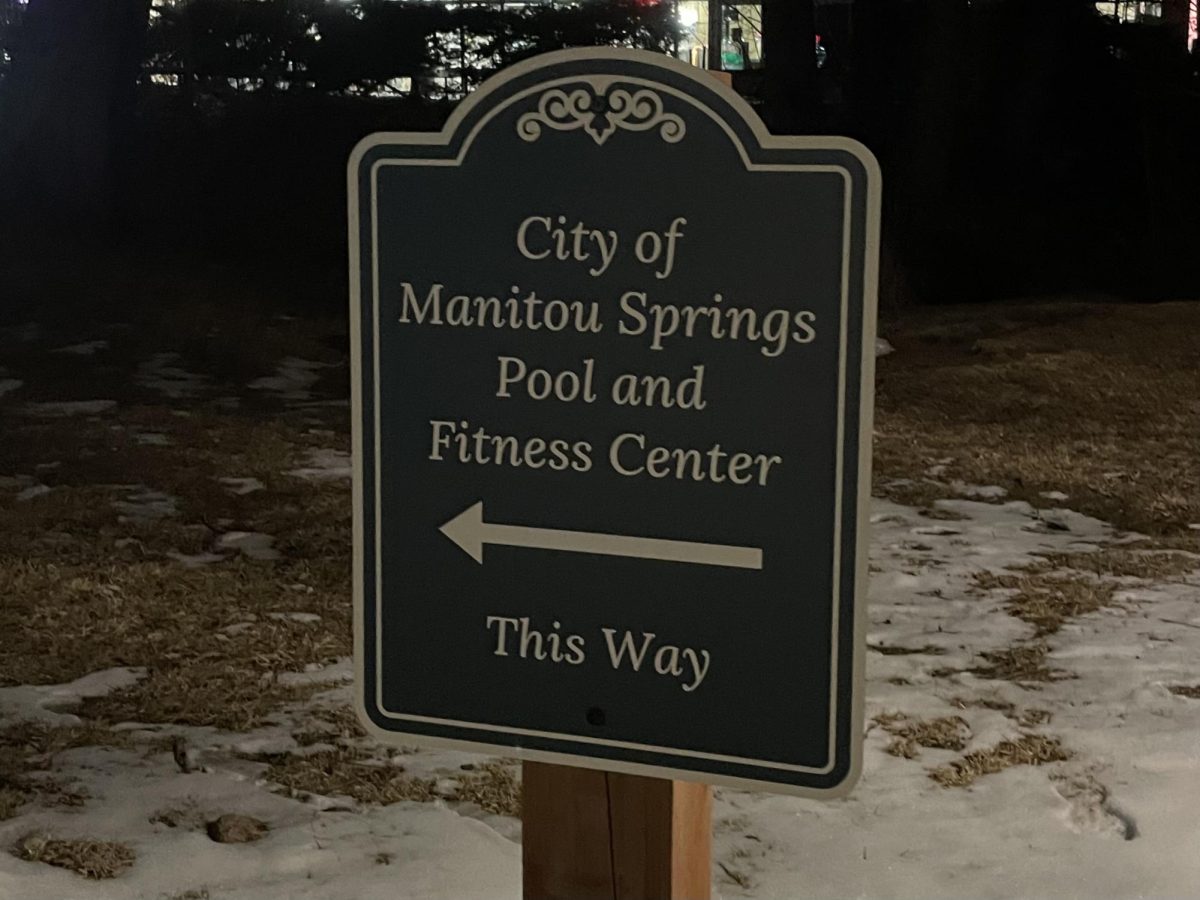
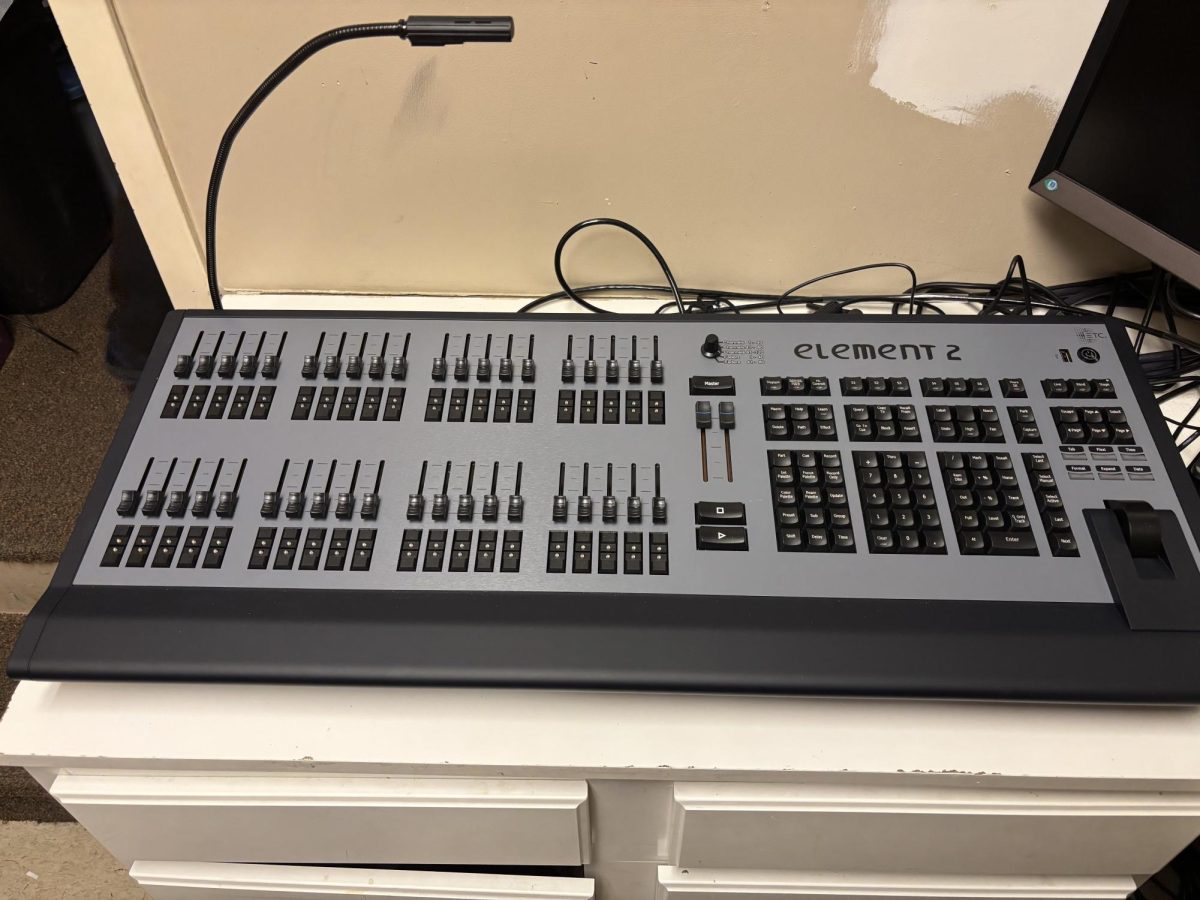
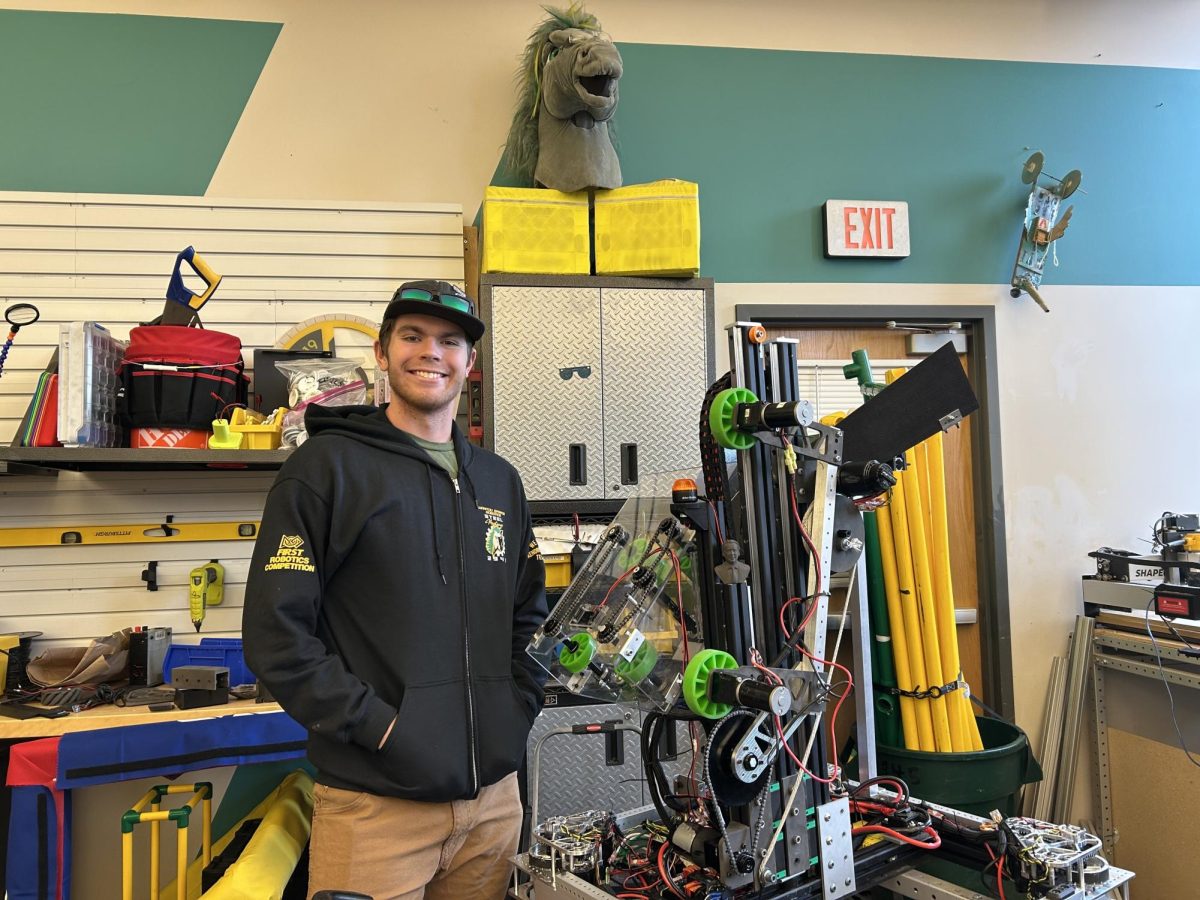

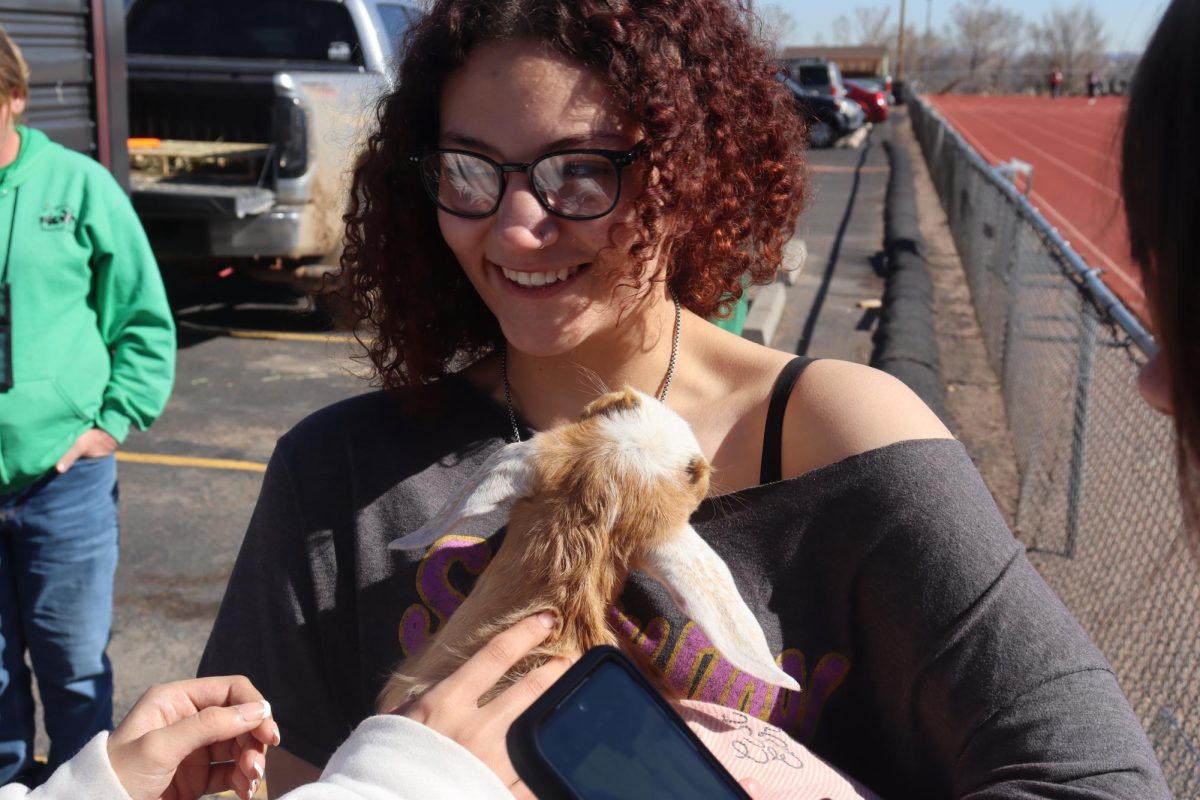



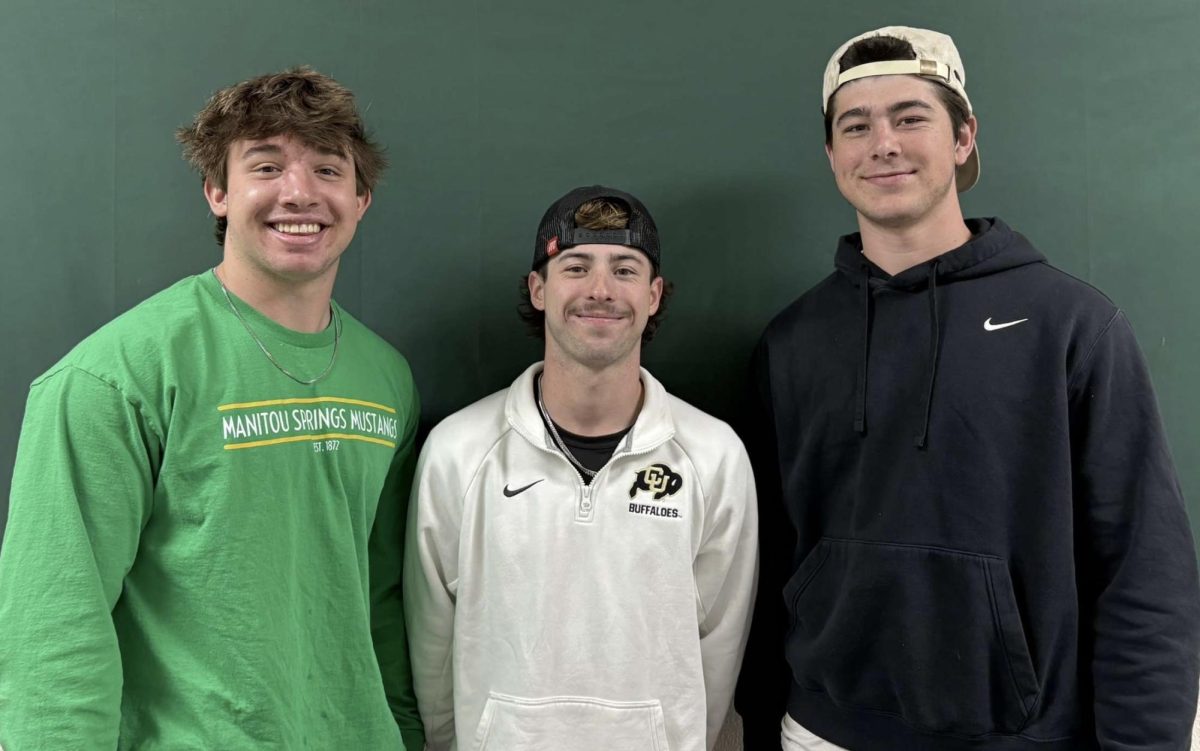
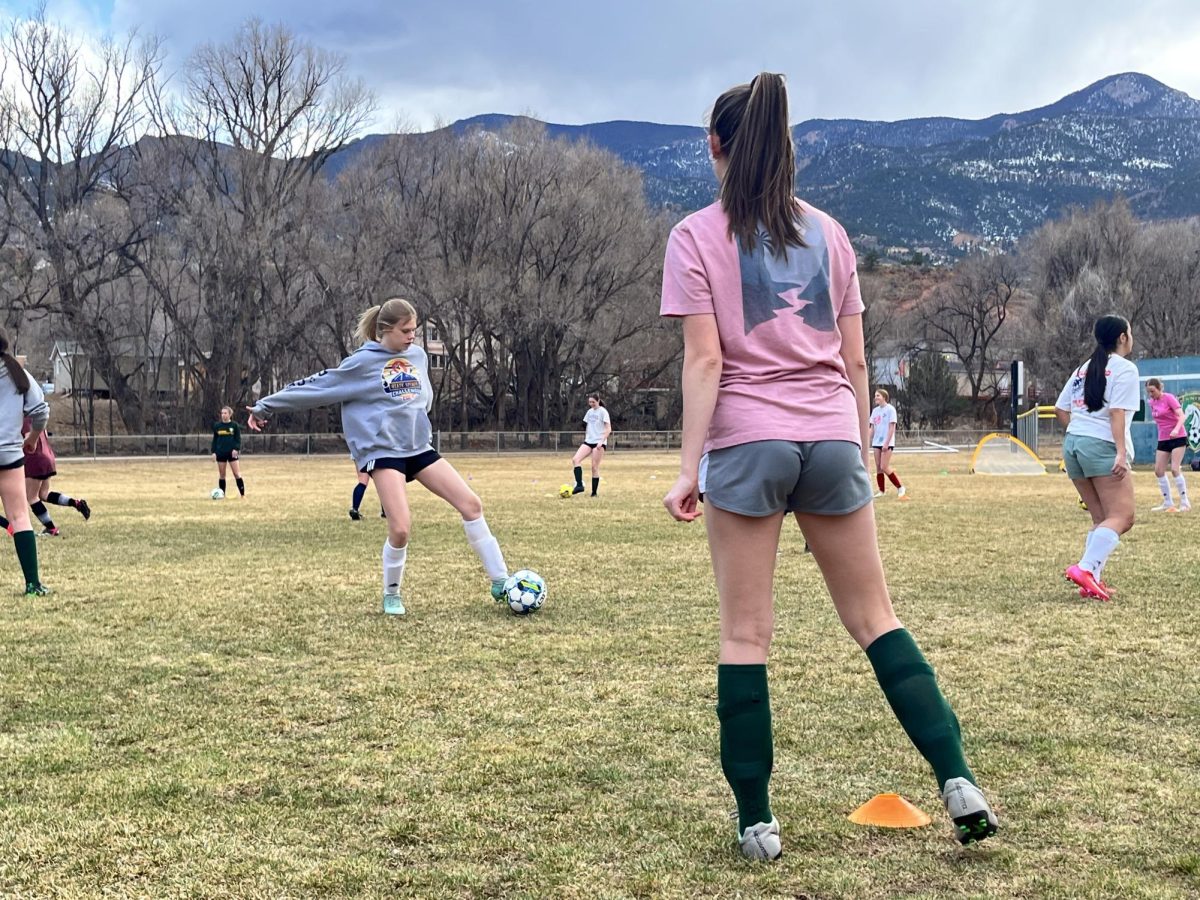


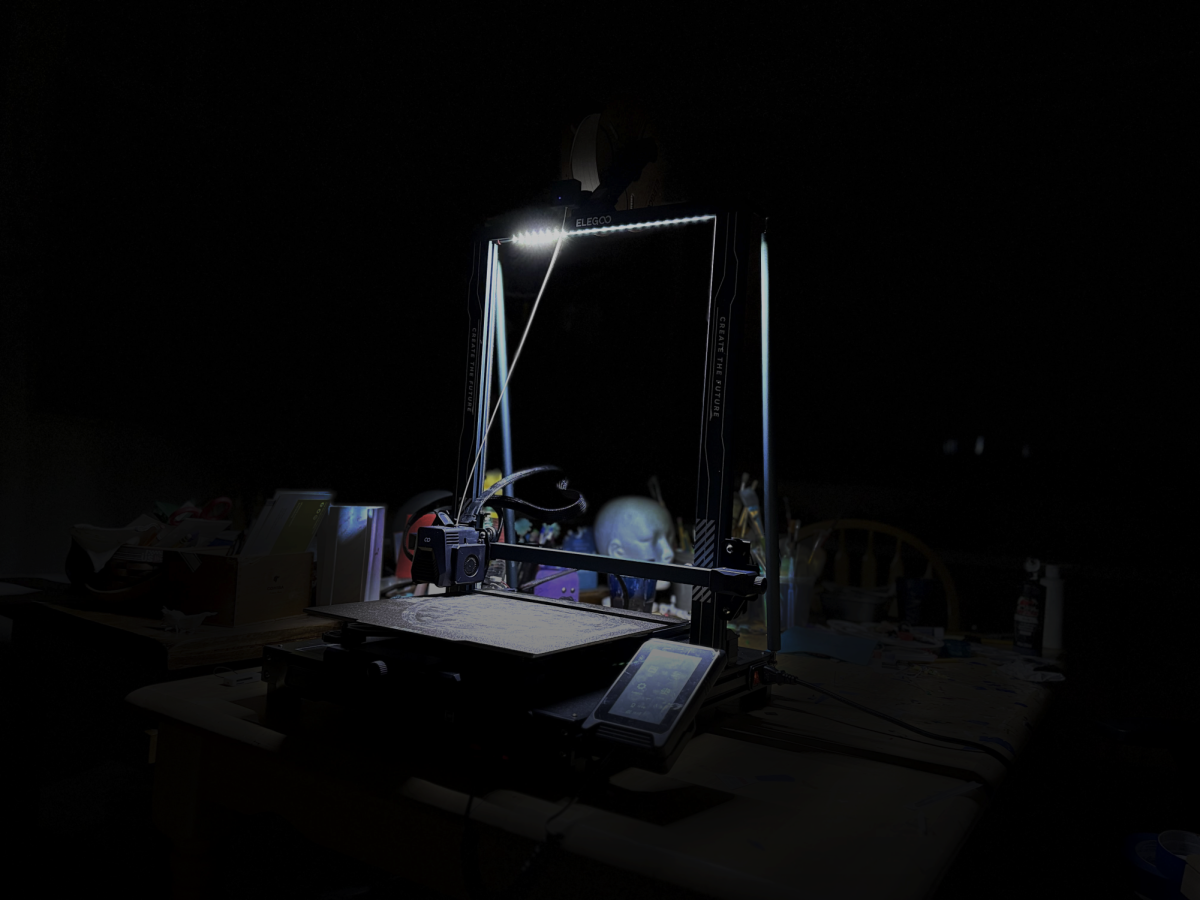

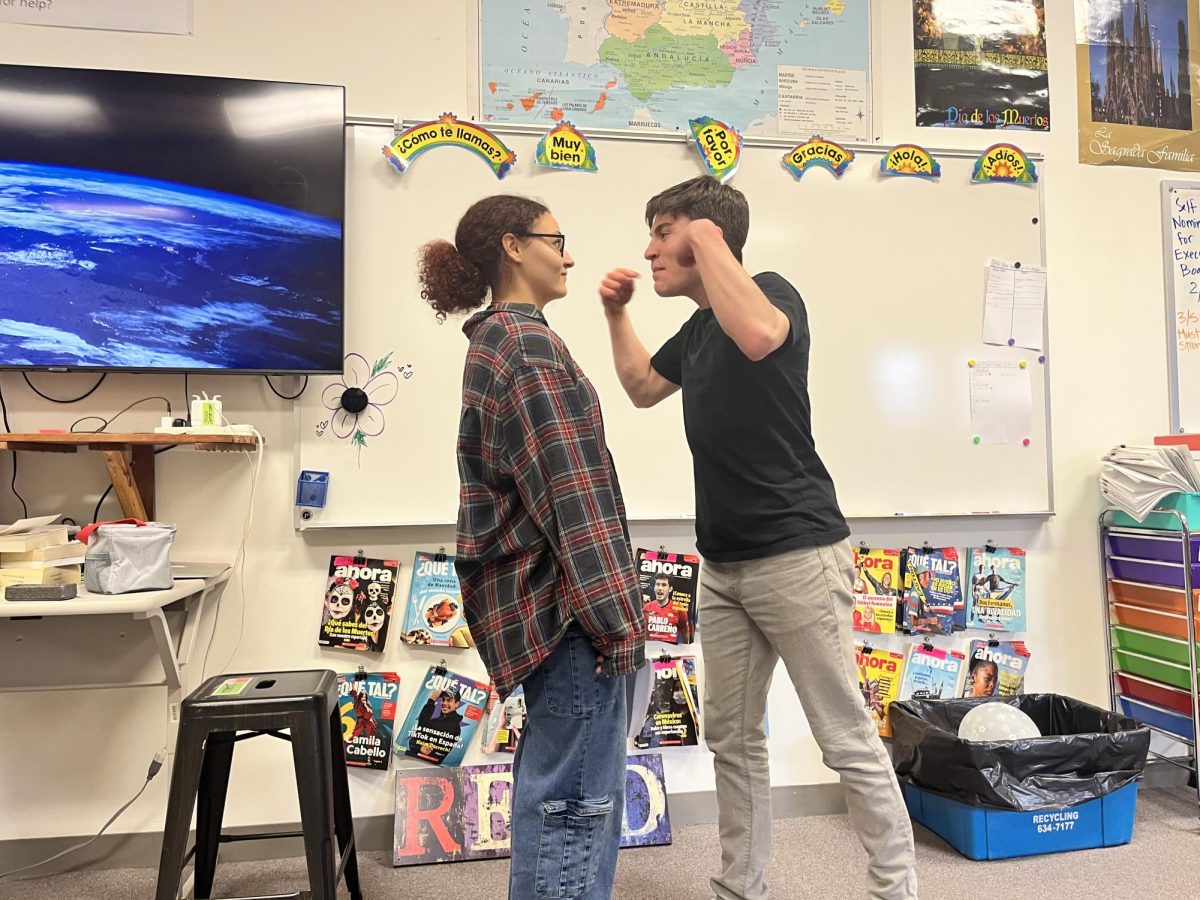

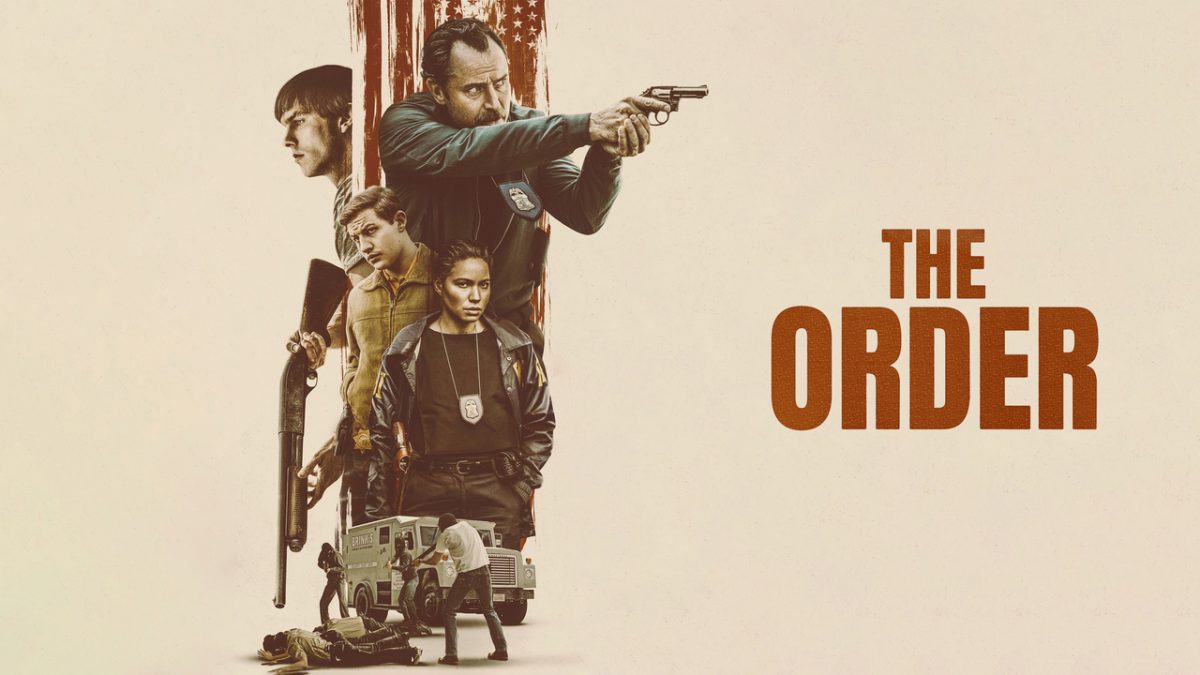
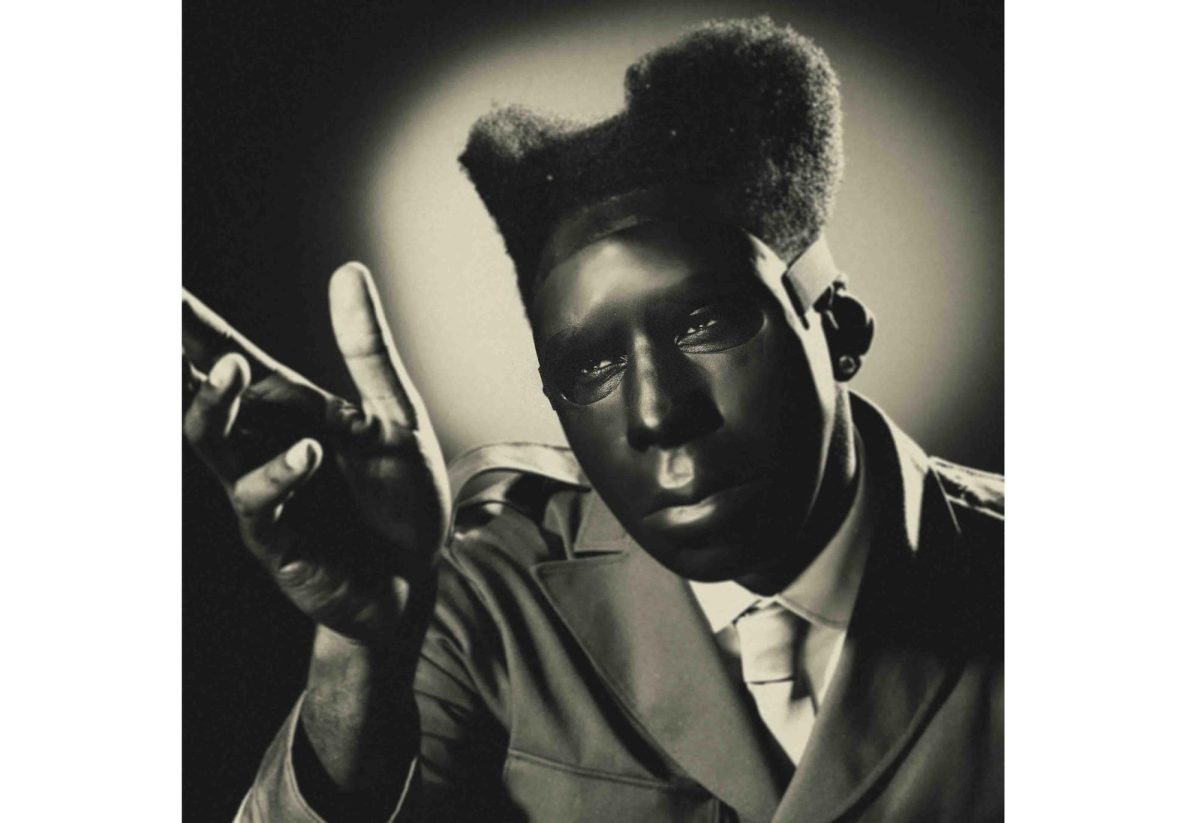
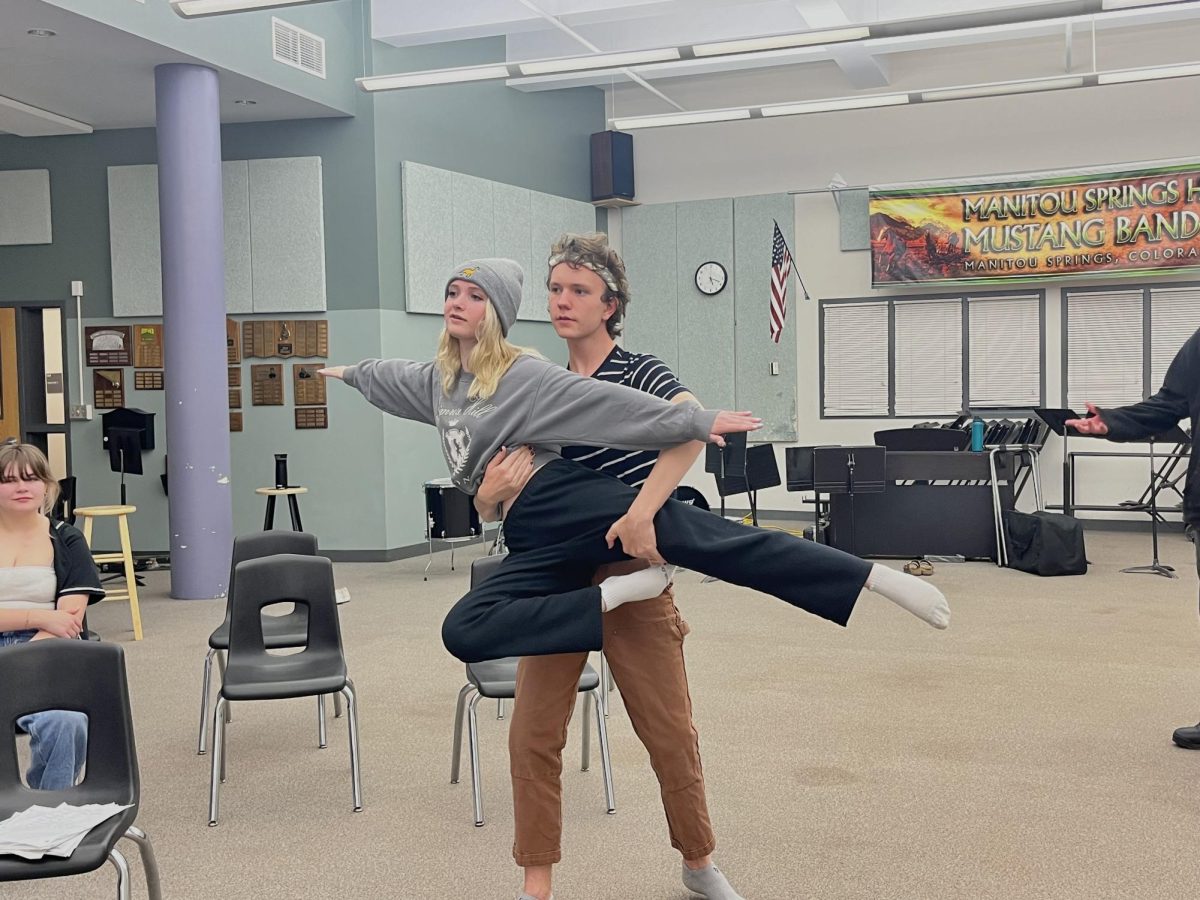



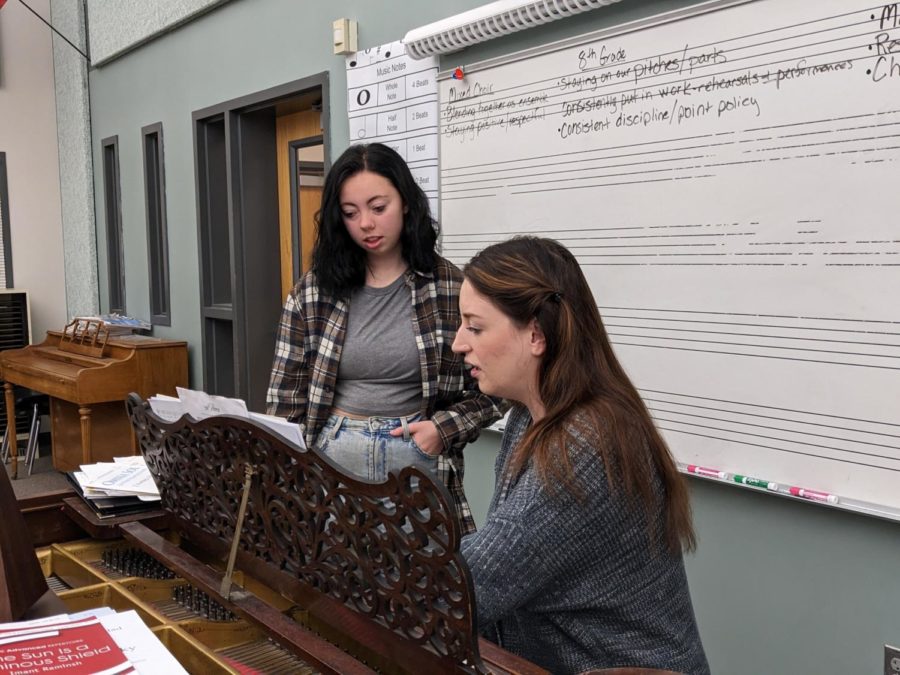
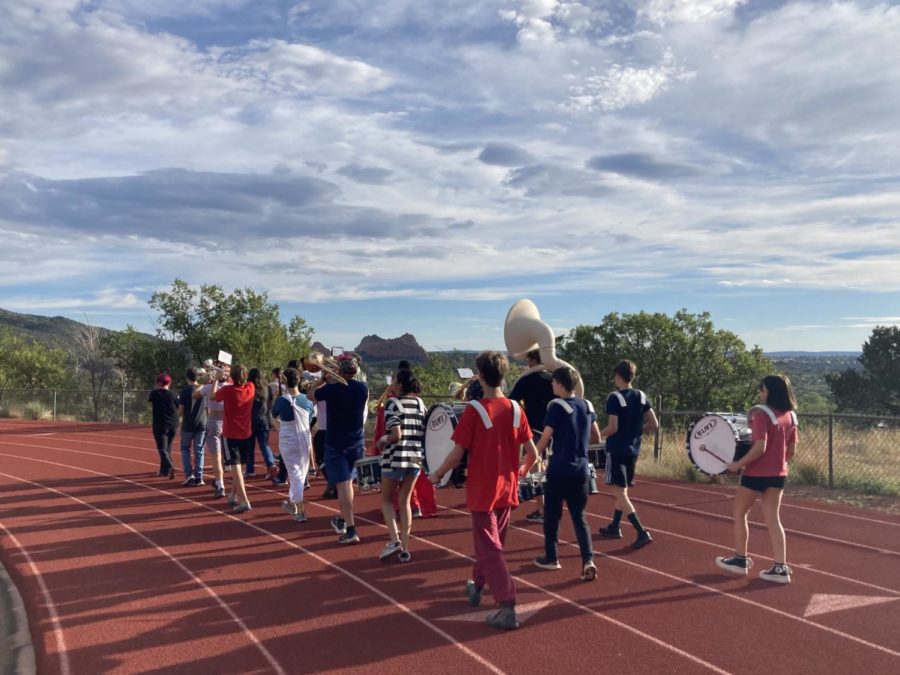
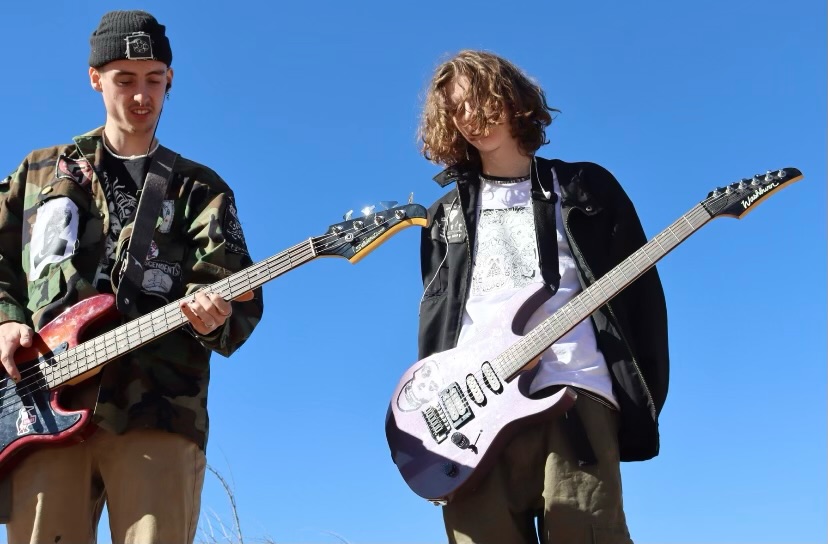

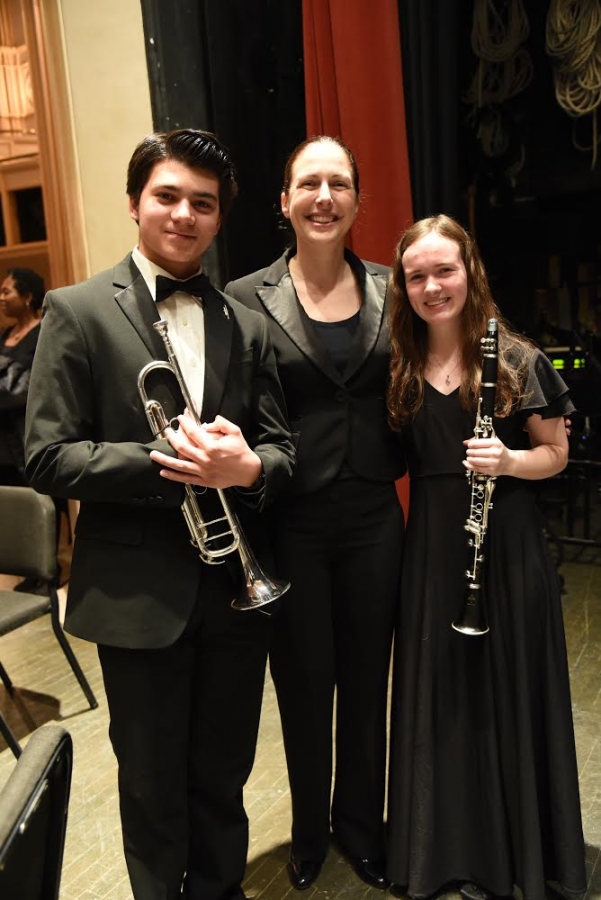

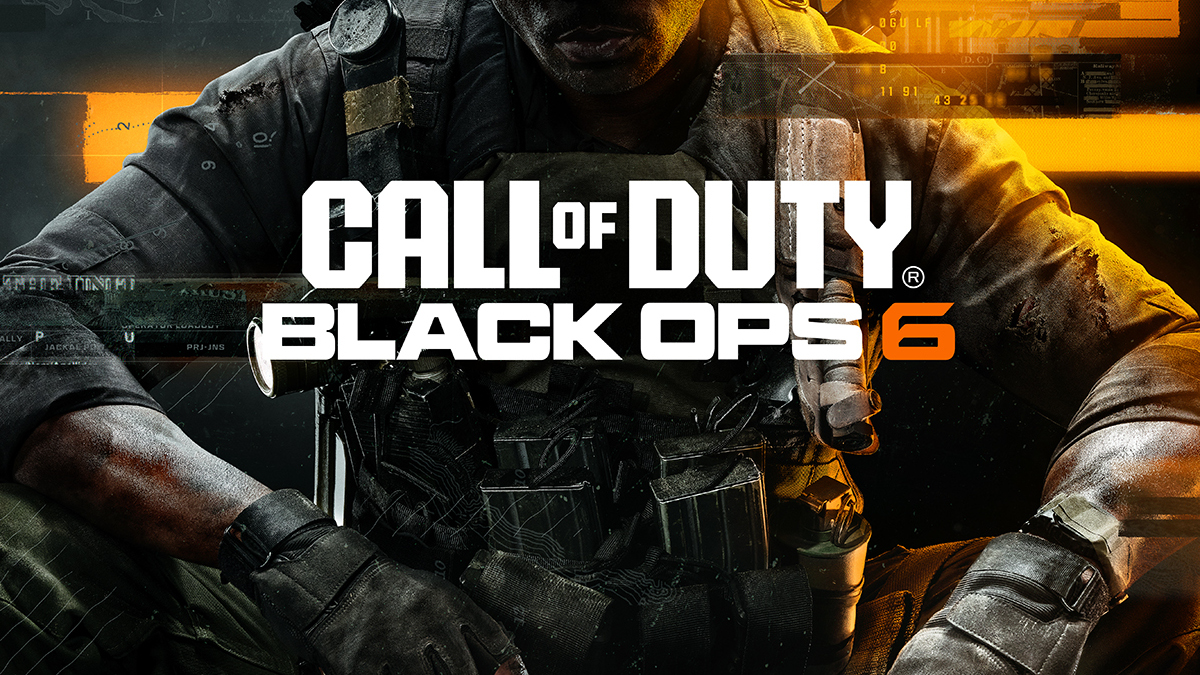



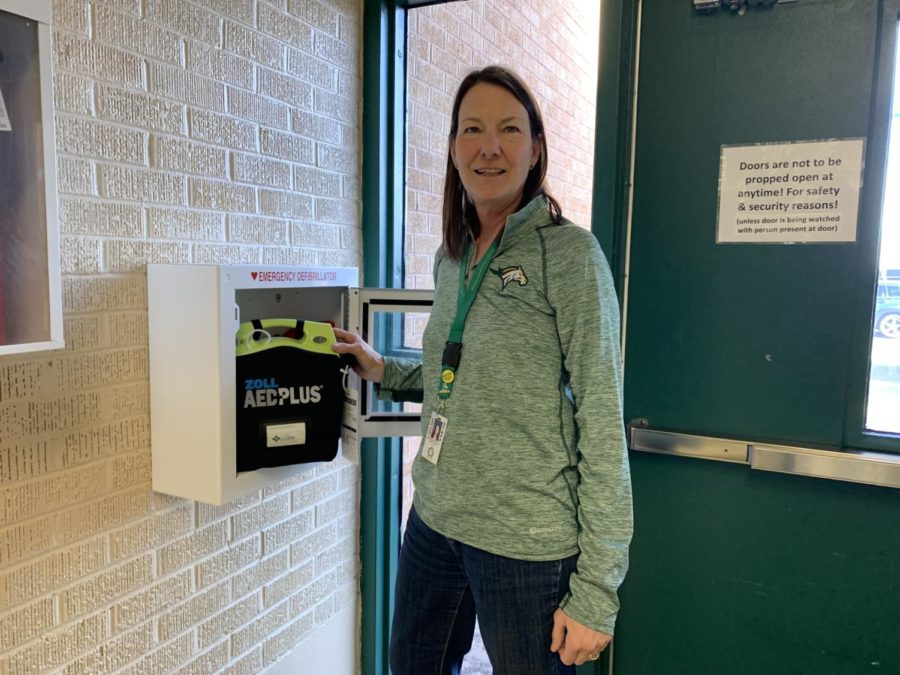



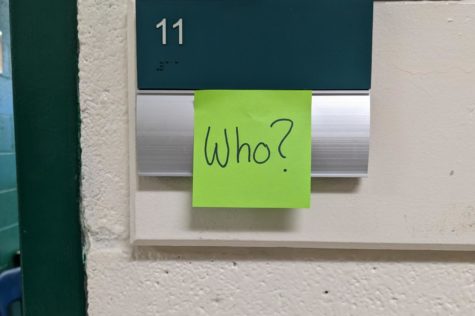
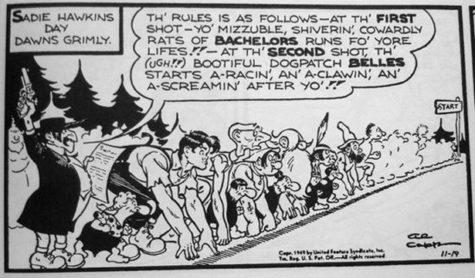

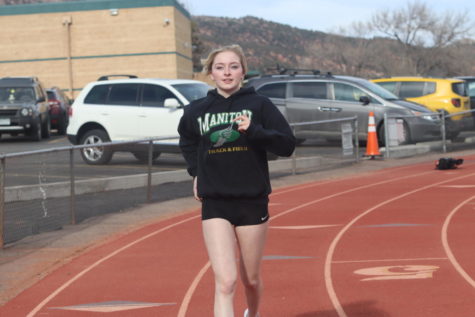

Dalton Gates • Feb 1, 2023 at 1:49 pm
You did a great job writing this piece, and such a fantastic job connecting bigger events in the world and U.S. back to us in Manitou Springs.
Tyler Maloney • Feb 1, 2023 at 1:49 pm
I loved reading this awesome article, it really connected to me because of my love for football. I also loved reading about how much of an impact it had on people worldwide. This article just proves that to be true, what happened in Buffalo is now being written about in Manitou Springs. It really proves how sports create a connection and shows that things like this are much bigger than the sport itself. Very nicely done, I thoroughly enjoy reading every sports article the prospector has to offer!